
views
Estimating Shingles
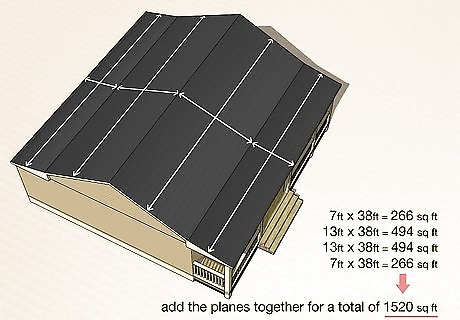
Find the square footage of the roof. Measure the length and width of each portion of the roof, multiply length by width for each plane, and then add the planes together for the total square footage. If you have a simple gable roof, you’ll only need to measure and sum up the 2 planes of the roof. If your roof has dormers, hips, or other complex elements, don’t forget to take the area of those additional parts of the roof into account. Because of these slopes and pitches, the square footage of your roof will not be the same as the square footage of your home. Websites like Eagleview use satellite imagery to help you safely measure your roof.
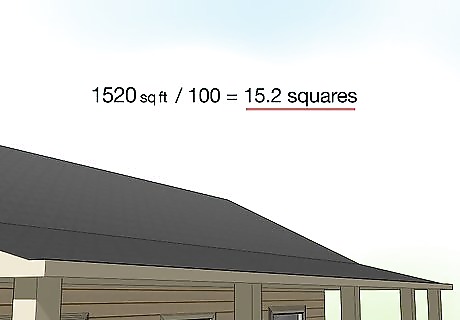
Determine the total number of squares. Divide the total footage by 100 to determine the number of “squares” in the roof.
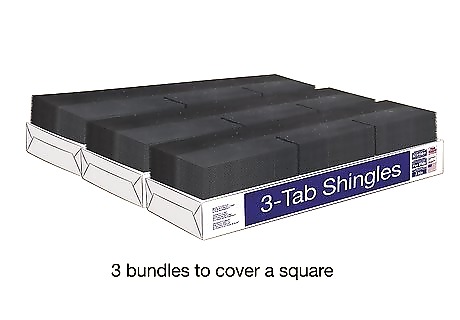
Determine the bundles of shingles needed to cover the roof. It takes 3 bundles to cover a square if you use 3-tab shingles, the most common type.
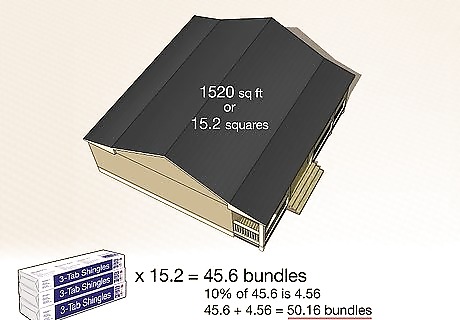
Account for waste. Add 10% to the shingle estimate to account for waste. If your roof has hips and valleys, make it 15% because of waste in cutting shingles to fit the valleys.
Estimating Felt Underlayment (Tar Paper)
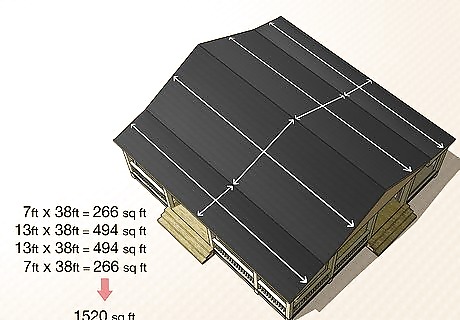
Find the square footage of the roof. Measure the length and width of each portion of the roof, multiply length by width for each plane, and add the planes together for the total square footage. If you’re just replacing some old shingles, you may not need to purchase underlayment. However, this is a must if you’re installing a new roof.
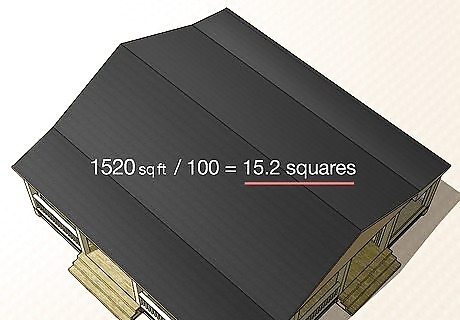
Find the number of squares. Roofers measure surfaces in squares of 100 square feet (9.29 square meters). Divide the total footage by 100 to find the number of squares in the roof.

Determine the number of rolls of underlayment needed. The #15 type is most commonly used, and one roll of #15 underlayment covers 4 squares. If you’re using #15 underlayment and your roof slope is greater than 4:12, use 1 layer. If the slope is between 3:12 and 4:12, double the amount and put down 2 layers.
Estimating Other Materials
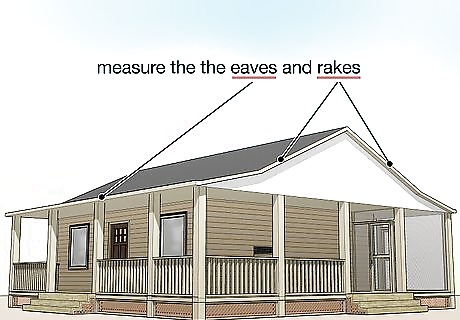
Measure for drip edge. This metal strip, which goes beneath the underlayment, protects the edge of the roof from rot. You'll need the measurements of the rakes and eaves of the roof (side edges and bottom edge). Use a rake edge for the side of the house as well.
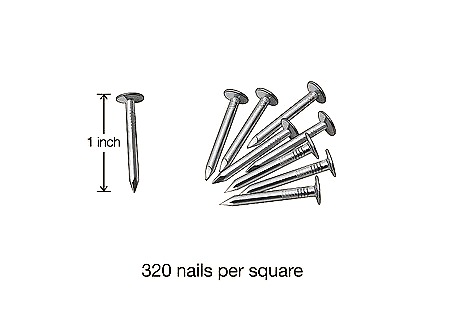
Estimate how many roofing nails you'll need. At 4 nails per field shingle, that’s about 320 nails per square. You will also need 5 nails for each starter shingle. For high-wind areas, use 6 nails per shingle, or 480 nails per square. Inquire at the hardware store regarding the size of nail you’ll need and how many pounds or kilograms you’ll need of that size; the number of nails per pound or kg differs. The nails should be long enough to go ⁄4 inch (1.9 cm) into the roof. Inquire at the hardware store regarding the amount of underlayment nails required. Always use 1 in (2.5 cm) nails. The nails should be 12 inches (30 cm) apart along the edges and 24 inches (61 cm) apart in the middle of the underlayment strip.
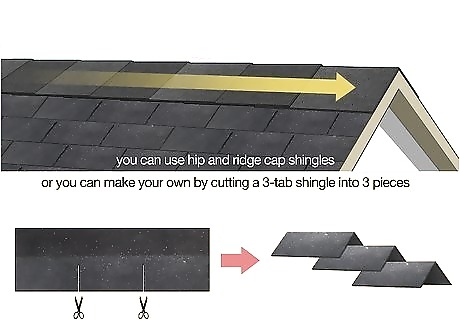
Gauge the amount of hip and ridge cap shingles. While you can order special hip and ridge cap shingles, you can make your own by cutting a 3-tab shingle into 3 pieces. A bundle of 3-tab shingles will cover 35 feet (11 m).
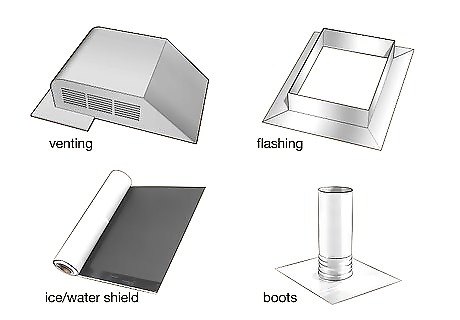
Take other miscellaneous costs into account. Depending on the type of roof and your supplier, you may have some other costs to consider. Some of your other costs may include: Venting. A venting system plays a crucial role in maintaining the integrity of the roof during hot and cold weather.*Flashing. Aluminum or steel material that is used to cover roof joints and prevent water from getting in. Ice/water shield. An ice shield is only necessary if you live in an area that is prone to ice and snow in the winter. Boots. These are required to go around any pipes sticking through the roof. Delivery charge for your materials (if there is one).



















Comments
0 comment